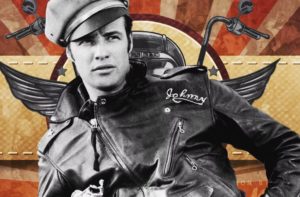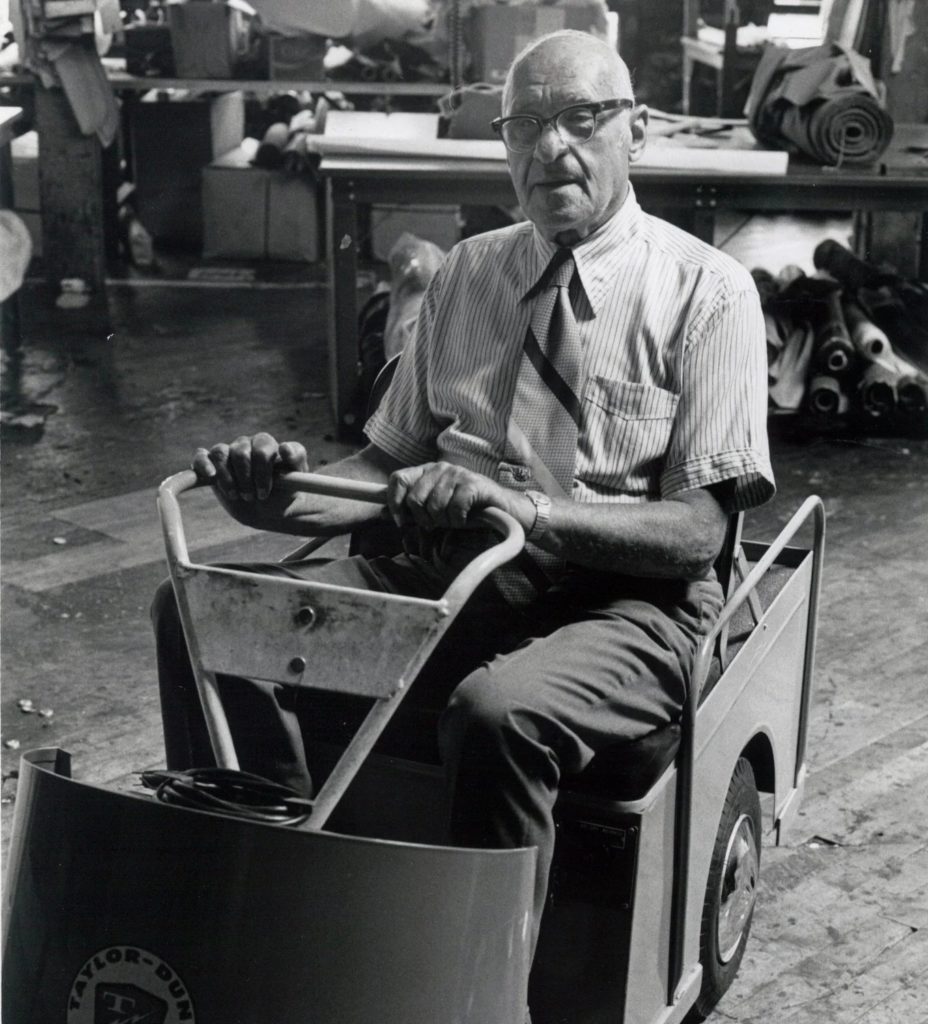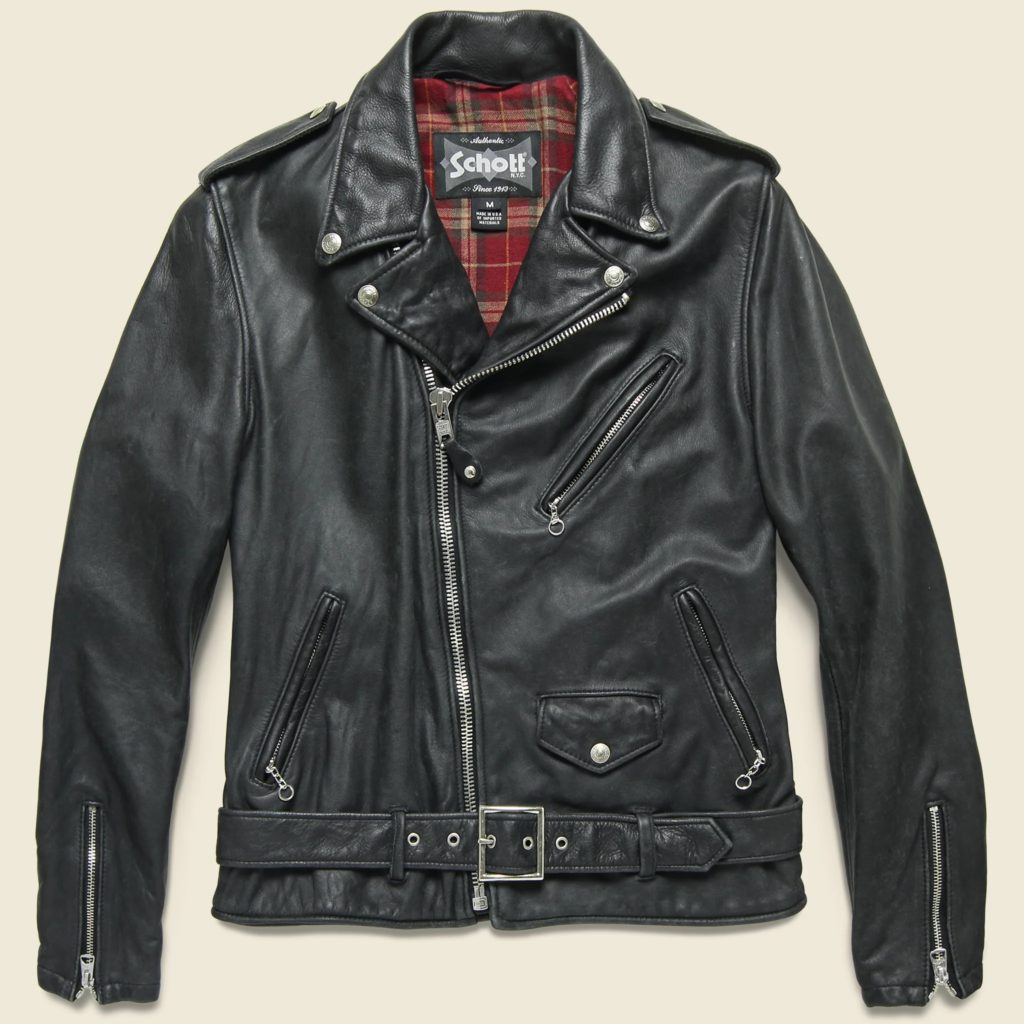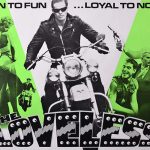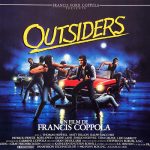Imagine Russian emigrants in the basement of a New York tenement, 1913. Irving and Jack Schott make coats and sell them door-to-door. But Irving is not just another tailor. In 1925, this guy with a brain full of crazy ideas and brilliant nonsense became the first to sew a zipper on a jacket. Yes, yes, the very zipper that the military thought of using only on breeches and flight suits.
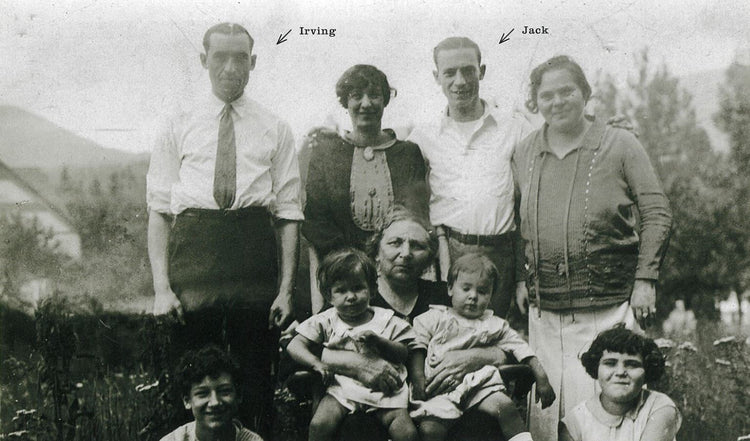
And in 1928, he created Perfecto — not just a jacket, but a leather shell for a new kind of motorcycle bastards. He named it after his favorite cigar. $5.50 is the price of a revolution at a local Harley-Davidson dealership. Diagonal zipper to keep the wind out of the lining when you’re riding your iron horse. Leather is a horse’s hide, so that in case of an accident it is not your body that you bleed, but the asphalt. These are not today’s Chinese dermantin crafts.
The Birth of a Bastard: From Hollister to Hollywood
1947, Hollister, California. 4,000 bikers came here for motorcycle racing. What happened next? Drunkenness, fights, motorcycles inside bars. The newspapers fanned the scandal to the skies, but in fact only a few dozen people were arrested. But a legend was born — the image of a wild one on two wheels.

It was this myth that formed the basis of the film “The Wild One” (1953). The script was written based on the story “The Cyclists’ Raid,” but the Hollywood freaks, of course, embellished everything: they added violence, death, and that very trademark American psychosis. Director Laszlo Benedek took real events as a basis, but he did not create documentaries, but an archetype. And this archetype required an appropriate uniform.
Marlon Brando as a diagnosis: neurosis in a leather jacket
Brando in “The Wild One” is not just an actor in a suit. It’s a social symptom. His character Johnny Strabler is a classic case of an existential vacuum laced with teenage protest. To the question “What are you rebelling against?” he answers with a question: “Whaddaya got?”. Brilliant! This phrase has become a mantra for everyone who has not found a better way to express themselves than to point fingers at the townsfolk in their well-being (or even slap a well-groomed snout).
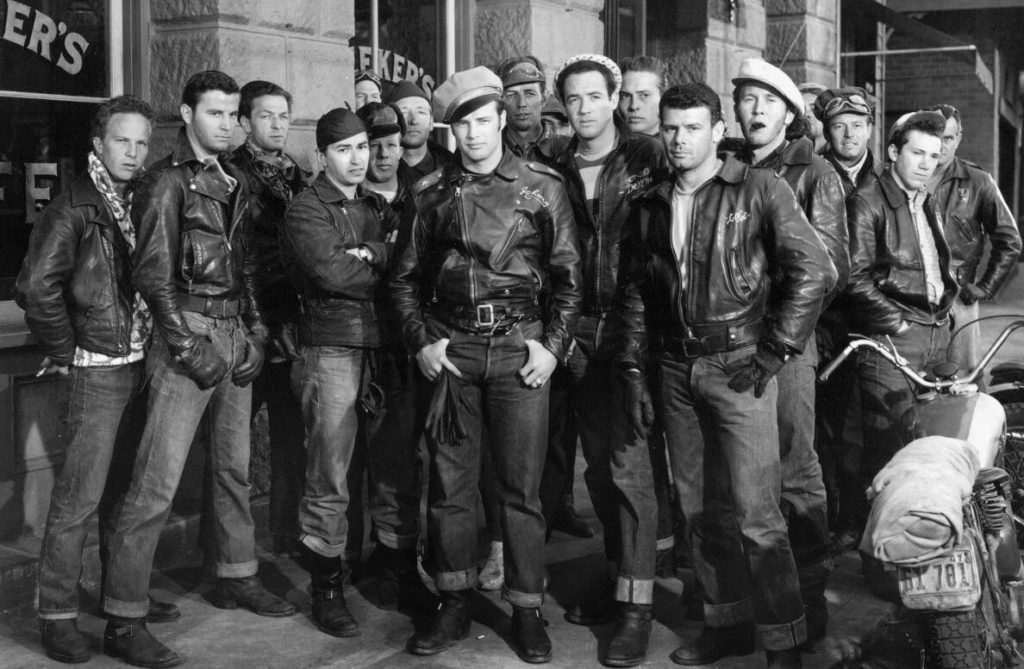
There were no costumers for the film. Brando personally chose his clothes from his own wardrobe. He brought to the set the very jacket that we now know as Perfecto — perhaps not even the original Schott, but a replica from Durable. It doesn’t matter! He put stars on the hangers, a sign of leadership in the fictional Black Rebels Motorcycle Club gang (and yes, this name would later become the name of a cool rock band). On the back is a skull with glasses and crossed pistons. On his chest is his name, “Johnny.” It’s not just a jacket anymore, it’s a totem, an identification label, a second skin.

Bikers: 1% of human biomass
After World War II, biker gangs began to spread across America. Veterans who have not found themselves in a peaceful life, with a psychology soaked in lead and adrenaline. They created what would later be called the “one percent culture” — according to legend, 99% of motorcyclists are law—abiding, and these one percent are scum. Their groupings are rigid hierarchical structures with codes of honor, initiation rituals, and total loyalty. To get into a club like the Hells Angels, you need to go from a “friend of the club” to a full member, which takes from six months to three years. This is not a book club on Tuesdays.
Their psychology is a classic example of reactive formation: hyperbolized masculinity as a defense against the traumas of war and social rejection. They weren’t just breaking the law—they were constructing an alternate reality where their rules, their laws, and their notions of honor.
Social pathology: how the jacket became a sign of trouble
After the release of “The Wild One,” America went nuts. Schools across the country have banned the wearing of leather jackets. Rebellion has become a trend. Teenagers who dreamed of a career in an insurance company yesterday wanted only one thing today — a leather jacket and a motorcycle club.
State paranoia: England banned the film until 1968, considering it a hotbed of juvenile delinquency.
Social stigma: Wearing Perfecto was equated to declaring war on society.
Commercialization of protest: Schott couldn’t get enough of it — their utilitarian products became the symbol that all these young jerks wanted.
Subcultural crystallization: Bikers, Goths, Punks — all found their meaning in this leather.

The 1970s. The New York CBGB Club. The Ramones take the stage, all wearing identical leather jackets, like a musical warfare uniform. Perfecto has been reborn — from a symbol of a biker riot, it has become a punk uniform. Then there’s Joan Jett, the woman in leather who didn’t give a damn about your morals. Bruce Springsteen is a working—class guy who made the jacket a symbol of honest work and late-night concerts in bars.
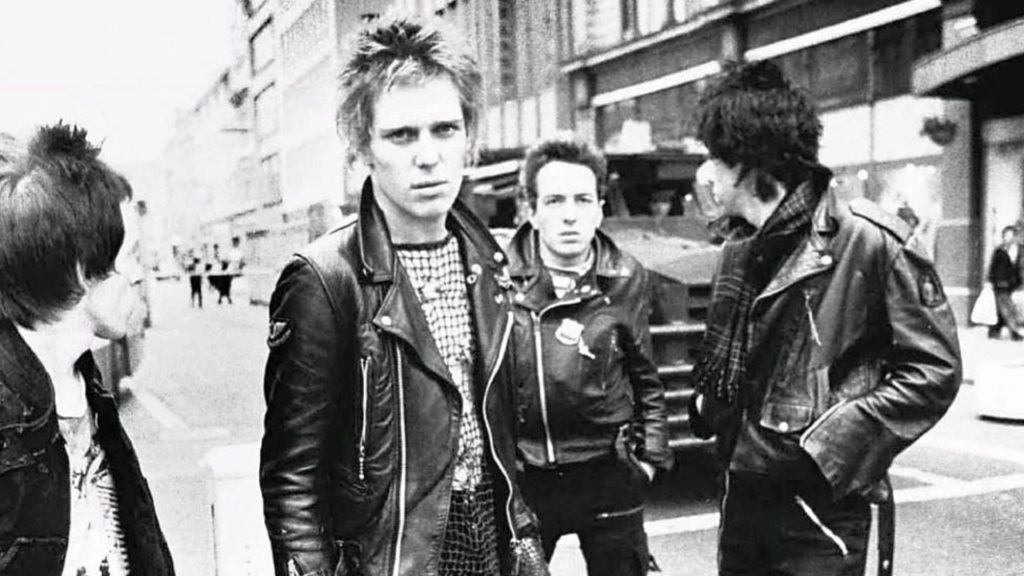
By the 1990s, all this shit had gone global. Schott exported American coolness to Europe, where the name “Perfecto” became a household name for all leather jackets. Rebellion has become a commodity, protest has become a brand.
Conclusion: an age-old deal with the devil
Today, the very jacket that Irving Schott designed for motorcyclists is in the Museum of Modern Art in New York. You can buy it for $740 — brand new, smelling not of freedom, but of Chinese-made leatherette.

Biker clubs have become multinational corporations — the Hells Angels have a legitimate business, legal representation, and PR strategies. Rebellion has become a commodity, protest has become a marketing strategy.
So what’s left for us? Put on that damn jacket, get on your damn motorcycle (or in a damn minibus) and drive forward, knowing full well that any revolution sooner or later ends in a museum or in a mass market catalog.
A punk wish from the author: Wear your leather jacket until you die. And remember, any subculture will either turn sour or become part of the system. In the meantime, burn gasoline, listen to loud rock and let everyone go hang… This is the only form of protest that has not yet been packaged in plastic packaging.
P.S. And yes — if your jacket isn’t a real Schott, you’re just a poseur, a pathetic parody of a riot that was once real.
